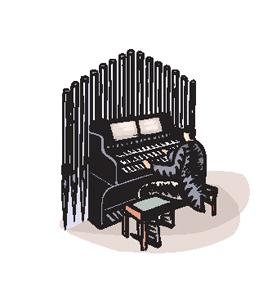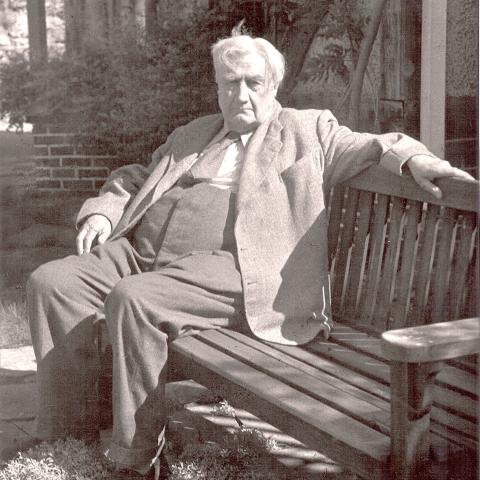
Michael’s Music Service announces new music restorations:
White Orchids, by James F. Cooke, transcribed by Clarence Kohlmann, was originally published in 1941 as a piano piece; Andante in D, by Alfred Hollins, was believed by the composer to be his best work; Evening Shadows, by R. S. Stoughton, was the next-to-last work by this banker and composer; and Prelude and Fugue in A Minor, by Clarence Eddy, is an extraordinarily well-crafted piece from 1882.
Meditation, by Will C. Macfarlane, municipal organist for Portland, Maine, was premiered by Ralph Kinder at his 400th recital at Holy Trinity Church, Philadelphia; Moonlight on the Lagoon, by Rudolf Friml, transcribed by Edward Shippen Barnes; Love Light, by Clarence Kohlmann, makes use of various soft colors of the organ; Marche Triomphale, by René Becker, is subtitled “Ite, Missa est” and is thus appropriate for a postlude.
For information: www.michaelsmusicservice.com.





